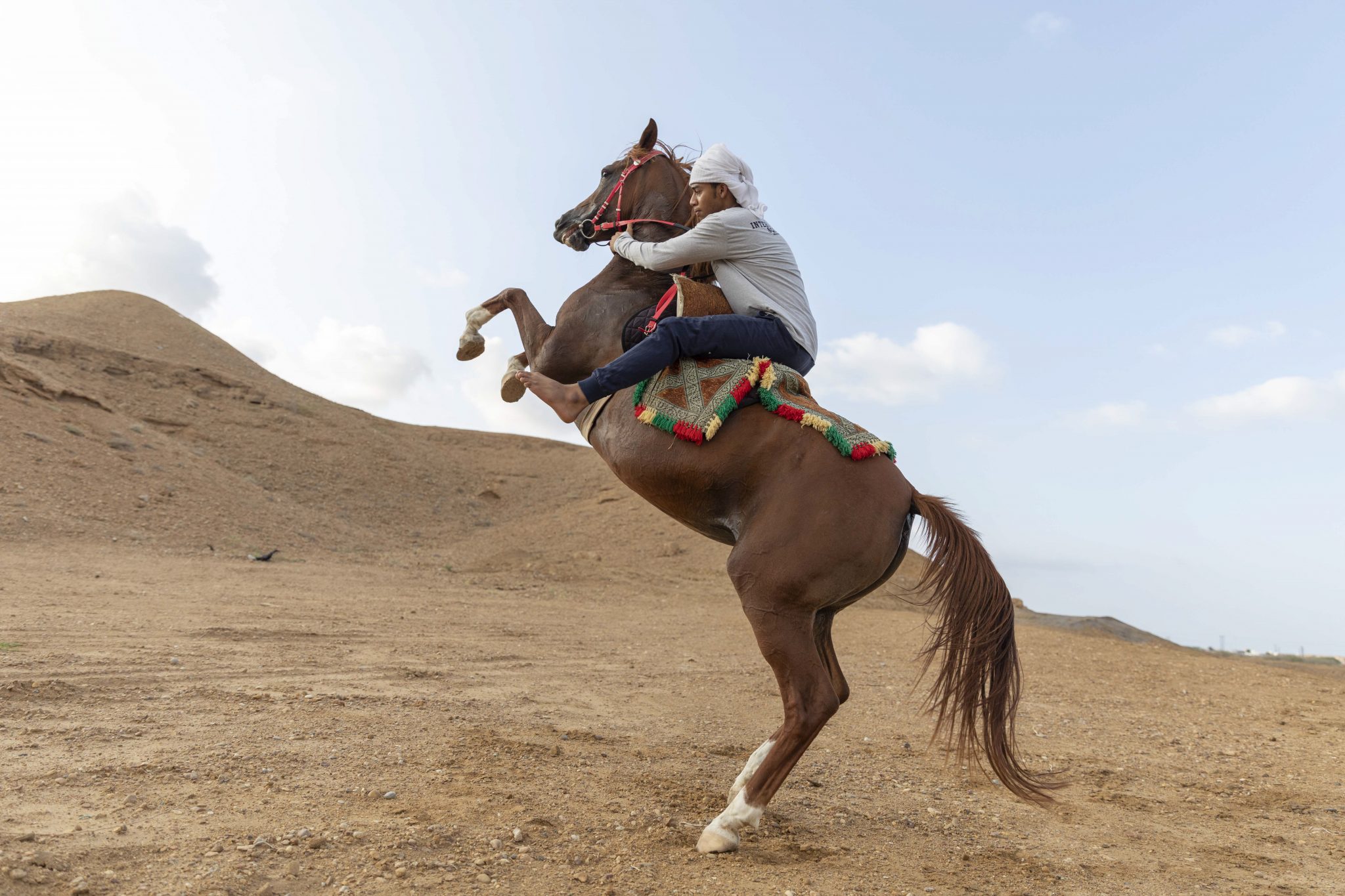Until the year 1391 of the Muslim era, in the Sultanate of Oman, a man considered himself wealthy if he had as much rice as he could hold in the palm of his hand; throughout the country (309 thousand square kilometers) there were three primary schools and 909 students, the road network consisted of a total of nine and a half kilometers of paved roads and the population ignored the usefulness of transistor radios, books and sunglasses, since they were prohibited by decree.
The data would not be noteworthy if 1391 of the Muslim era did not correspond to 1970 of the Christian one: this was Oman that Sultan Said bin Taimur, in power since 1938, was preparing to bequeath to his son Qaboos bin Said, eighth direct descendant of the Al Busaidi dynasty, in the year following man’s landing on the Moon.
Now that it is preparing to celebrate its first 50 years, the new Oman created by Qaboos is the most progressive nation in the Arabian Peninsula, thanks to a management that has been able to find the balance between modernity and tradition, valuing the more moderate Islam, focusing on quality tourism and playing in a smart way the card of neutrality on the region’s geopolitical scene. Sixty-five per cent of the Omani population is under 25 years old, and the importance of the role of young people in the transition of a country that is still young and, somehow, in search of its own identity is undeniable.
How could one describe this country with its unique characteristics in the Arab world? In collaboration with Oman’s Ministry of Tourism, Parallelozero has entrusted the storytelling to some of its youngest eyes: Umberto Coa, Nicolò Panzeri, Vanessa Vettorello and Serena Vittorini, four photojournalists under 30 who, one week each, have travelled over three thousand kilometres to discover the Sultanate and the generations who will write its future.
If you wanna read more about the project you can visit the website: www.youngoman.com

